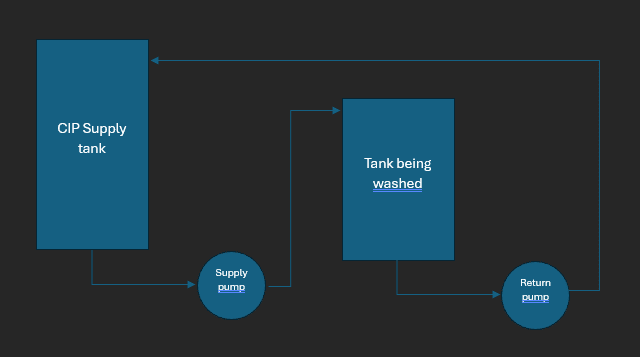Dezsi1982
Mechanical
- Apr 24, 2024
- 5
Hi All,
I am looking for some pointers regarding a Packo CRP2/50-160/1102 self priming CIP return pump.
It is working well for most of the time, but every so often we get serious vibration from it, and it also becomes very noisy.
The pump has a 20m long 2" SS suction line, and the delivery head is approx 15m, the maximum flow is around 20m3/h.
If someone has some experience with this kind of issue, some pointers would be greatly appreciated.
Thank you
I am looking for some pointers regarding a Packo CRP2/50-160/1102 self priming CIP return pump.
It is working well for most of the time, but every so often we get serious vibration from it, and it also becomes very noisy.
The pump has a 20m long 2" SS suction line, and the delivery head is approx 15m, the maximum flow is around 20m3/h.
If someone has some experience with this kind of issue, some pointers would be greatly appreciated.
Thank you

